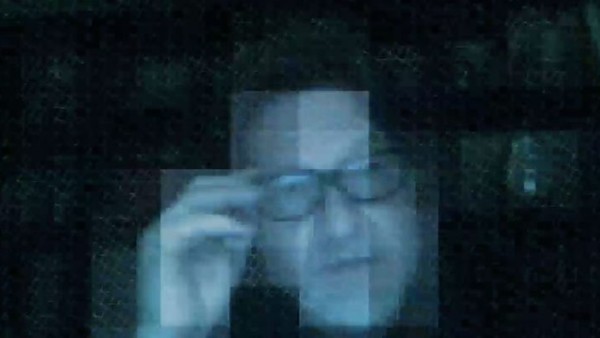The Cloverfield Paradox: What Does The Ending Really Mean?
6. The Multiverse Theory

The multiverse malfunction doesn't come without a prescient warning. Before the crew successfully fire the Shephard, they're publicly warned not to by Doctor Mark Stambler - the pre-eminent exponent of the Cloverfield Paradox. His theory suggests that the experiment could cause a rift that would open up the possibility of the universe being invaded by forces from other dimensions - monsters from the deep or other monstrous invaders.
(Why do alternate dimensions never just have puppies and chocolate?)
Stambler's theory confirms the existence of multiple other dimensions that wouldn't otherwise mangle together without something messing with their boundaries. But when those are screwed with, issues can arise not just across space but also - crucially - time. In effect, even if your messing happens in the near future (where Cloverfield Station is), it could open up rifts anywhere on the timeline (which is why the fourth Cloverfield movie will be set in World War II).
It seems that some of the alternate dimensions are weirder than others. For instance, one of them features killer tiny worms that make people explode, one includes the odd revelation that a key component of the Shepard particle accelerator is inside a crewman and one includes people being trapped inside walls with electrical wires running through them.
That's just what happens when you meddle with the fabric of the universe.